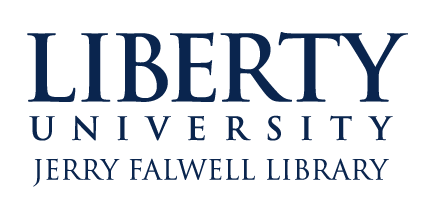Abstract
Intellectual Property (IP) rights in the United States are constitutionally prescribed for the express purpose of encouraging human innovation. The patent and copyright systems fulfill this purpose by incentivizing authors and inventors to disclose their efforts to the public, which disseminates the knowledge to the public and thereby works to maximize the creative potential of humanity. In turn, human creativity has sparked successive eras of technological and industrial revolution, altering every aspect of human experience and redefining our everyday experiences and our vision of the future. However, the old guard of established industry—whose market is most susceptible to displacement by revolutionary technology—utilize the IP systems to police the innovative efforts of others and consequently stem the tides of progress. Seeds of discontent have sprouted among a public who increasingly regard IP with ambivalence, and the march of progress is certain to stumble if these seeds are left unchecked.
The digital age in particular revealed a deficiency of the current IP system, as the increasingly efficient exchange of information was countered by using IP as a regulatory system, rather than an incentive. This has revealed how the rights granted by successive amendments to the copyright system may be exploited by a select few while burdening society far longer than objectively justifiable. Moreover, the sum of human knowledge follows a course of exponential acceleration, far faster than our existing laws and intellectual property systems are prepared to accommodate. Proactive policies are necessary to mitigate the legal implications of new industries, and existing systems of all types must be prepared to change alongside the society in which they operate. However, recent government inquiries and international discussions reveal a misguided belief that our current system can adapt to this revolution, despite decades of litigation that suggest the opposite conclusion. The resulting legal uncertainty among inventors counteracts IP’s express purpose of “promot[ing] the Progress of Science and useful Arts,” and failure to rectify the situation renders the current system both unconstitutional and harmful to society.
Modern technological advancements in data-intensive fields such as machine learning and artificial intelligence show both great potential for societal benefit and immense conflict with the current IP system. These technologies challenge our conceptions about innovation and creativity and foreshadow a future where the current IP system is not only undesirable, but also unenforceable. Regardless of whether the products of these technologies would fit within the current system, their very existence provides an ultimatum for policymakers—the time for change is upon us. While IP rights do not have to be entirely sacrificed to accommodate this new paradigm, they must be lessened. Their existence is only constitutionally justified to the extent that their benefit to society is proportional to the burden imposed. Furthermore, the relationship between creators and the public is certain to shift significantly over the coming decades, and our policies must be prepared to adapt to the demands of the coming age. The United States should not continue to warp IP into a regulatory web that counteracts its constitutional purpose of encouraging human innovation.
Recommended Citation
Corbett, Dustin J.
(2023)
"A Premier Paradigm Shift: The Impact of Artificial Intelligence on U.S. Intellectual Property Laws,"
Liberty University Law Review: Vol. 17:
Iss.
2, Article 5.
Available at:
https://digitalcommons.liberty.edu/lu_law_review/vol17/iss2/5


